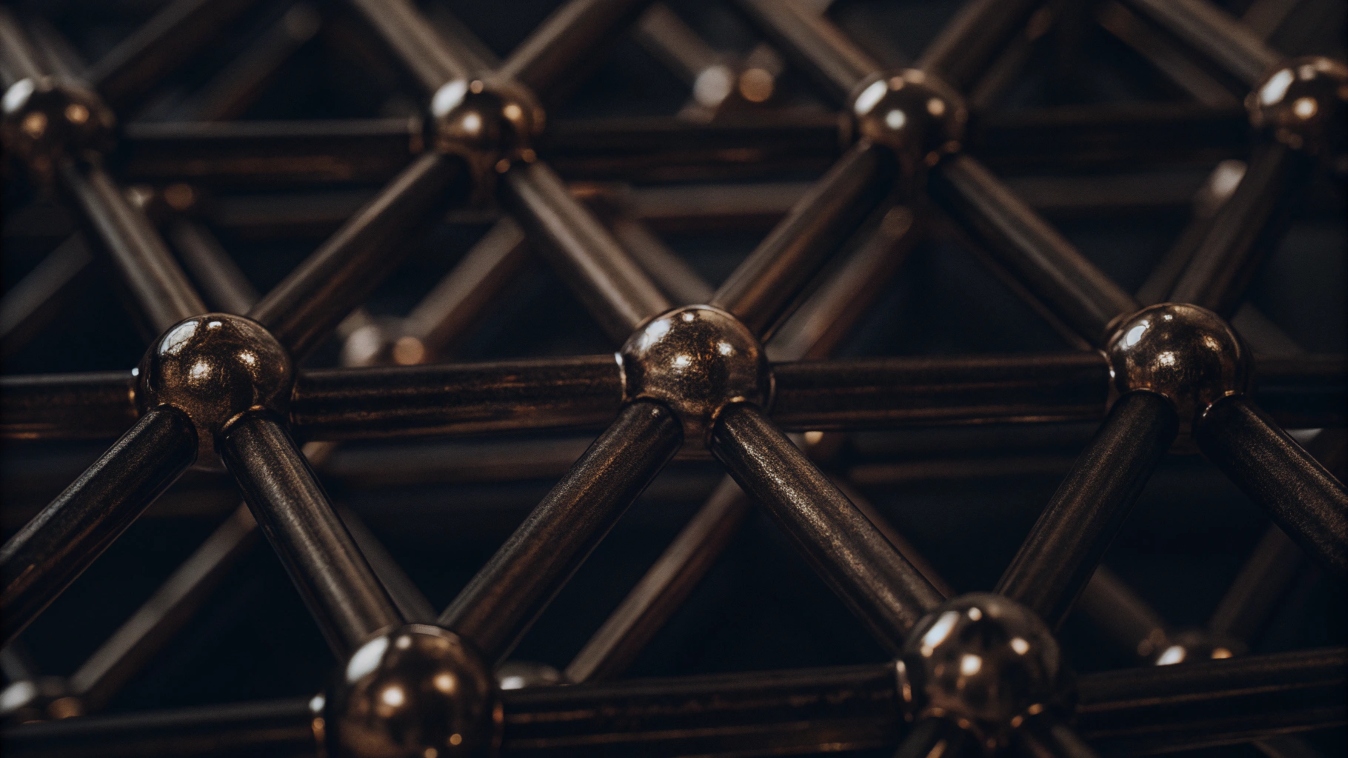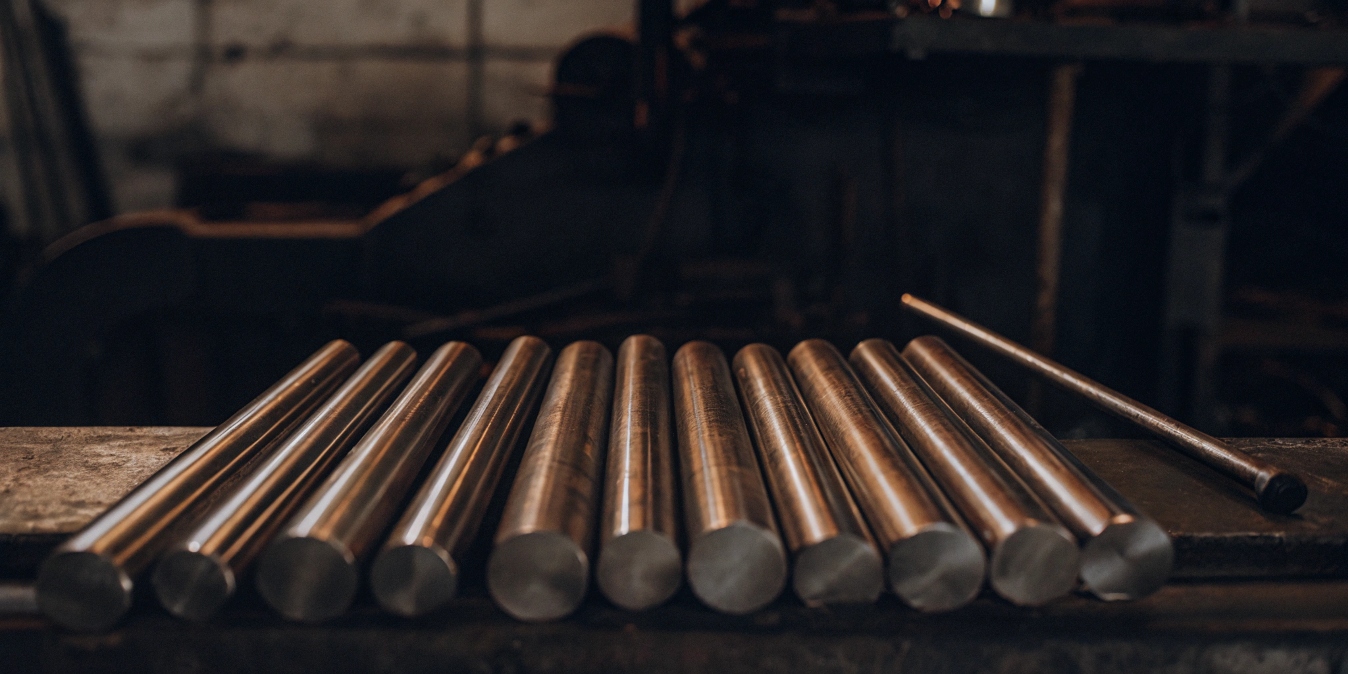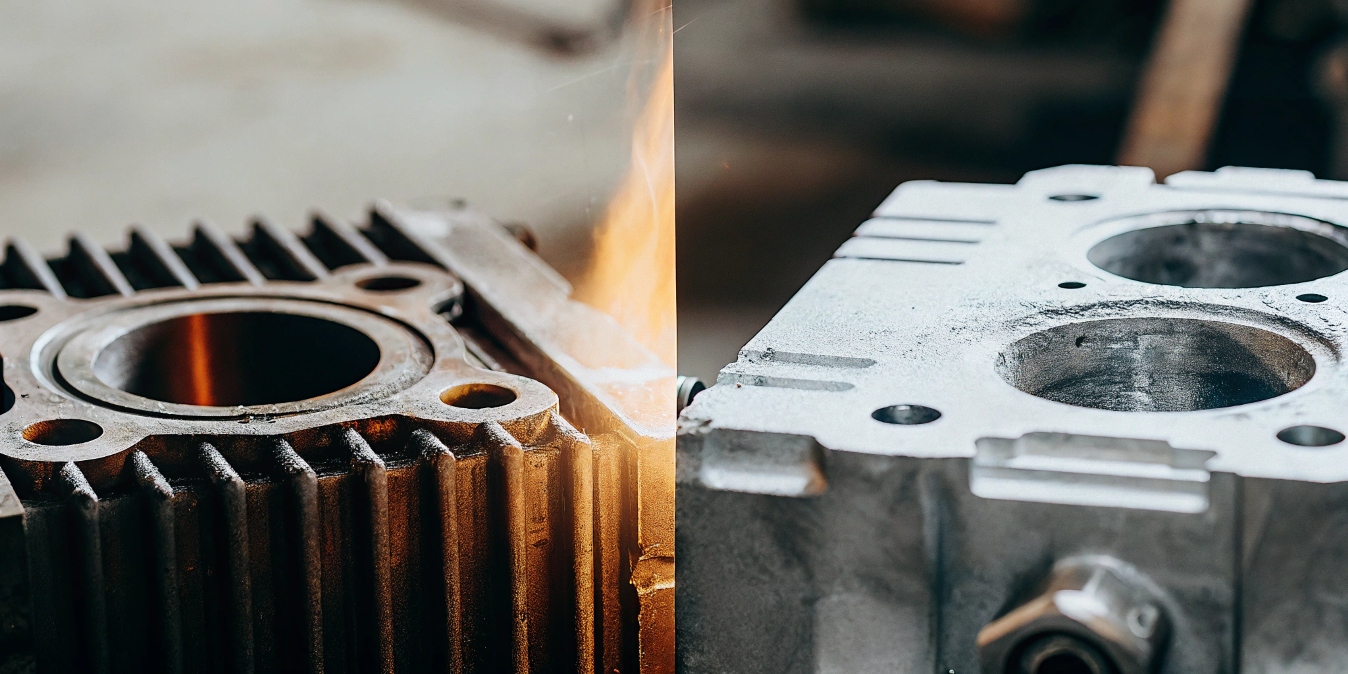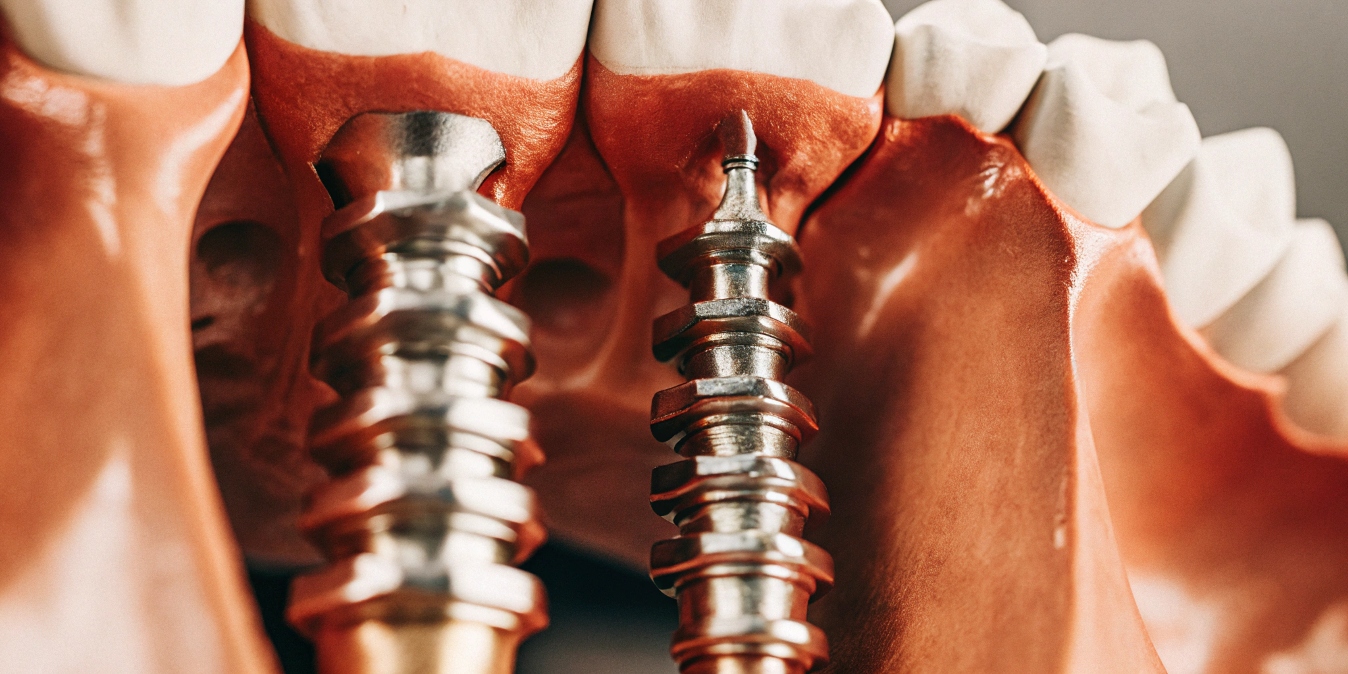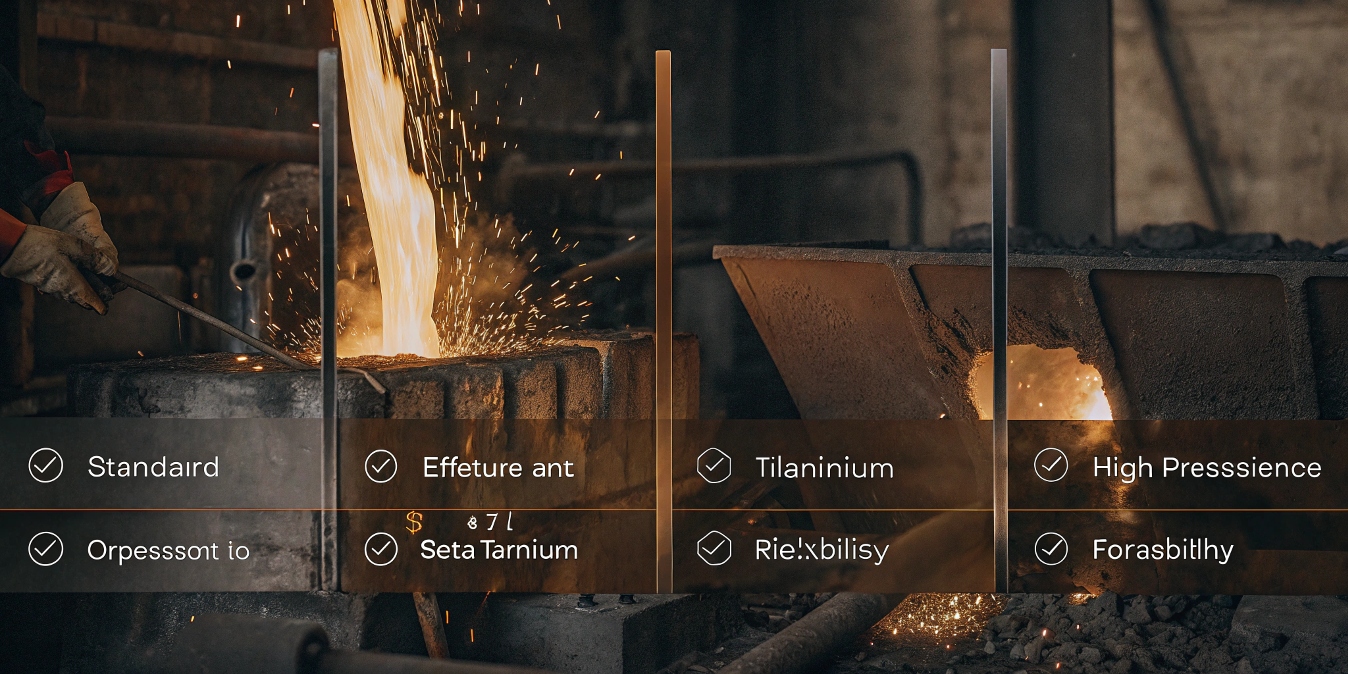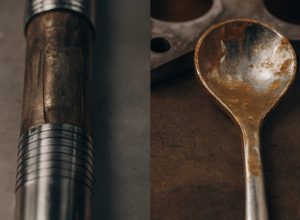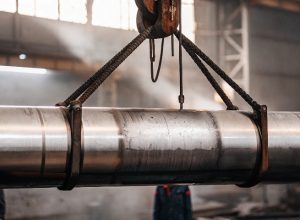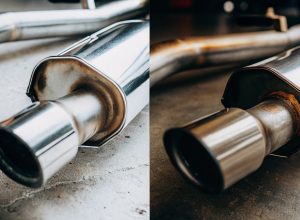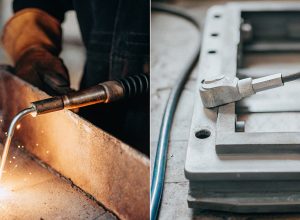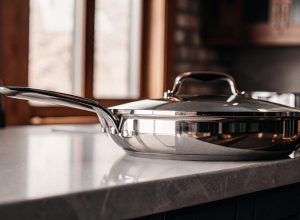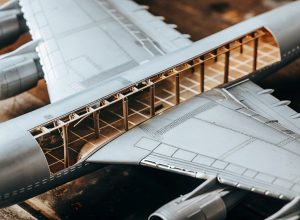Are you sourcing titanium and finding the different types confusing? Choosing the wrong grade can cause big problems. Let’s explore what makes beta titanium1 a special and powerful material.
Beta titanium is an advanced titanium alloy. We add elements like molybdenum and vanadium to keep its crystal structure in the "beta phase" at room temperature. This gives it much higher strength, flexibility, and formability than standard titanium.
Understanding that definition is the first step. But the real question for a sourcing specialist like Emily is knowing when to use it and why it might be a better choice for her medical devices. The differences are not just in the spec sheet; they translate to real-world performance. I work with these materials every day, from raw metal to finished components, and I see how these differences matter. Let’s dive deeper into what beta titanium really is and how it compares to the grades you might be more familiar with.
What exactly is a beta titanium alloy?
Does the term "beta phase" sound too technical and complicated? This might make you unsure about specifying it for a critical project. I’ll explain it simply, based on my production experience.
A beta titanium alloy is a type of titanium we engineer to keep its beta crystal structure, even at room temperature. We do this by adding specific alloying elements that stabilize this phase, unlocking unique and valuable mechanical properties for demanding applications.
At its core, titanium can exist in different crystal structures, or "phases." At high temperatures, all titanium is in the beta (β) phase, which has a body-centered cubic structure. As it cools, standard titanium, like pure titanium or the common Ti-6Al-4V, transforms into the alpha (α) phase or a mix of both (α+β). Beta titanium alloys are different. We add specific elements called "beta stabilizers" to them.
The Role of Beta Stabilizers
These elements, like molybdenum (Mo), vanadium (V), and niobium (Nb), essentially lock the titanium in its strong, formable beta phase, even after it has cooled. This is a deliberate part of our manufacturing process. By carefully controlling the amount of these stabilizers and applying specific heat treatments, we can fine-tune the material’s properties. This process gives beta titanium alloys high ductility and hardenability. It’s why they are so valued in industries like aerospace and medical, where you can’t compromise on strength or fatigue resistance.
| Alloy Type | Room Temperature Phase | Key Characteristic | Common Example |
|---|---|---|---|
| Alpha (α) Alloy | Alpha Phase | Good weldability, high-temp strength | Grade 2 Pure Titanium |
| Alpha-Beta (α+β) Alloy | Mixture of Alpha and Beta | Balanced strength and usability | Ti-6Al-4V ELI (Grade 23) |
| Beta (β) Alloy | Beta Phase | High strength, excellent formability | Ti-15Mo (Grade 28) |
What is the difference between standard titanium and beta titanium?
Do standard and beta titanium grades look the same when you receive them? Choosing based on price or familiarity alone could risk the performance of your medical implant. Let’s compare their real differences.
The key difference is in their crystal structure, which changes their mechanical behavior. Standard titanium grades are generally less strong but can have better high-temperature performance. Beta titanium offers superior strength, elasticity, and cold formability, making it a high-performance material.
When a client like Emily needs material for a medical device, the choice between a standard α+β alloy like Ti-6Al-4V ELI and a beta alloy is critical. It all comes down to what the device needs to do. For example, I recently worked on a project for spinal fixation systems. The engineers needed a material for the rods that had some flexibility to move with the spine but was also incredibly strong and fatigue-resistant. Beta titanium was the perfect fit due to its lower elastic modulus (more springback) and high strength. For a standard bone plate that needs to be rigid, Ti-6Al-4V ELI is often the better, more cost-effective choice.
Head-to-Head Comparison
Let’s break down the main differences in a simple table. This is the kind of comparison I review with engineers to ensure we select the right material that meets all requirements, including ASTM and ISO standards.
| Property | Standard Titanium (e.g., Ti-6Al-4V) | Beta Titanium |
|---|---|---|
| Strength | High | Very High to Ultra-High |
| Flexibility (Elasticity) | More Rigid (Higher Modulus) | More Flexible (Lower Modulus) |
| Cold Formability | Moderate | Excellent |
| Weldability | Good | Excellent |
| High-Temp Performance | Generally Better | Weaker at high temps |
| Biocompatibility | Excellent | Excellent |
So, is beta titanium a good choice for my application?
You know that beta titanium is a high-performance material, but is it right for you? A "good" material used in the wrong application can become a very bad choice. Let’s look at its specific upsides.
Yes, beta titanium is an excellent choice for the right job. Its combination of high strength-to-weight ratio, superior flexibility, and fantastic corrosion resistance makes it a premier material for aerospace structures and advanced medical implants where performance cannot be compromised.
From my experience working with medical device manufacturers, the "goodness" of beta titanium comes from a unique set of benefits. These alloys solve problems that other materials can’t. When a procurement specialist like Emily needs a material with full traceability and a detailed Mill Test Report2 (MTR), our beta titanium alloys provide that assurance. But the material’s inherent properties are what truly make it stand out for high-stakes applications. The feedback from clients using it for orthopedic implants is consistently positive, highlighting its reliability and performance inside the human body.
Key Advantages of Beta Titanium
Let’s focus on the benefits that matter most in regulated industries.
- High Strength with Less Weight: Beta alloys offer some of the highest strength-to-weight ratios of any metal. For an aerospace engineer, this means lighter fasteners and structural parts, which saves fuel. For a medical device, it means a smaller, less intrusive implant can provide the necessary support.
- Excellent Elasticity (Flexibility): This is a huge advantage. Beta titanium has a lower elastic modulus than other titanium alloys. It can bend further without being permanently deformed. This "spring-like" quality is perfect for spinal rods, dental wires, and even high-end eyeglass frames.
- Superior Formability: Beta titanium can be bent and shaped at room temperature more easily than other high-strength alloys. This simplifies manufacturing for complex parts, reducing production time and costs.
Which is better: standard titanium or beta titanium?
You have the technical details and need to make a final decision for your purchase order. The pressure is on to choose a material that is both safe and cost-effective. So which one is better?
Neither type is universally "better." The best material is the one that fits your specific application. Standard titanium is often better for general-purpose corrosion resistance. Beta titanium is superior for parts that need high strength, flexibility, and good formability.
When I talk with sourcing specialists like Emily, we never start by asking which material is "better." We start by asking, "What does this component need to do?" and "What environment will it operate in?" The answers guide us to the correct material. For her, ensuring FDA and CE compliance3 is non-negotiable, and both our standard medical grades and beta alloys meet these strict requirements. The deciding factor is performance. Do you need the trusted, rigid strength of Ti-6Al-4V ELI for a hip joint, or the flexible strength of a beta alloy for a dynamic spinal implant?
Making the Right Choice: Application Matters Most
Your project’s needs will point you to the right answer. Here is a simple guide to help you decide.
You should choose a standard titanium alloy if:
- The component needs to be very rigid and stable (e.g., a bone plate).
- The part will be exposed to very high operating temperatures.
- The primary requirement is general-purpose corrosion resistance in a less demanding structural role.
- Cost is a significant factor and extreme strength or flexibility is not required.
You should choose a beta titanium alloy if:
- You need the highest possible strength-to-weight ratio (e.g., aerospace parts).
- The component requires spring-like flexibility (e.g., orthopedic rods, orthodontic wires).
- The manufacturing process involves complex shaping or cold forming.
- The highest possible fatigue resistance is critical for the device’s lifetime.
Conclusion
Choosing between standard and beta titanium depends on your application’s needs for strength, flexibility, and formability. Understanding these key differences ensures you select the optimal and safest material.
-
Explore the unique advantages of beta titanium, especially in high-performance applications like aerospace and medical devices. ↩
-
Understand the importance of Mill Test Reports in ensuring material quality and compliance. ↩
-
Learn about CE compliance and its significance in ensuring product safety in Europe. ↩

